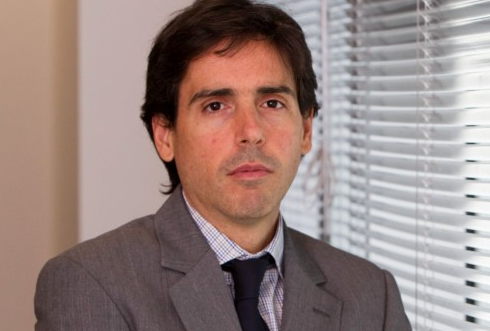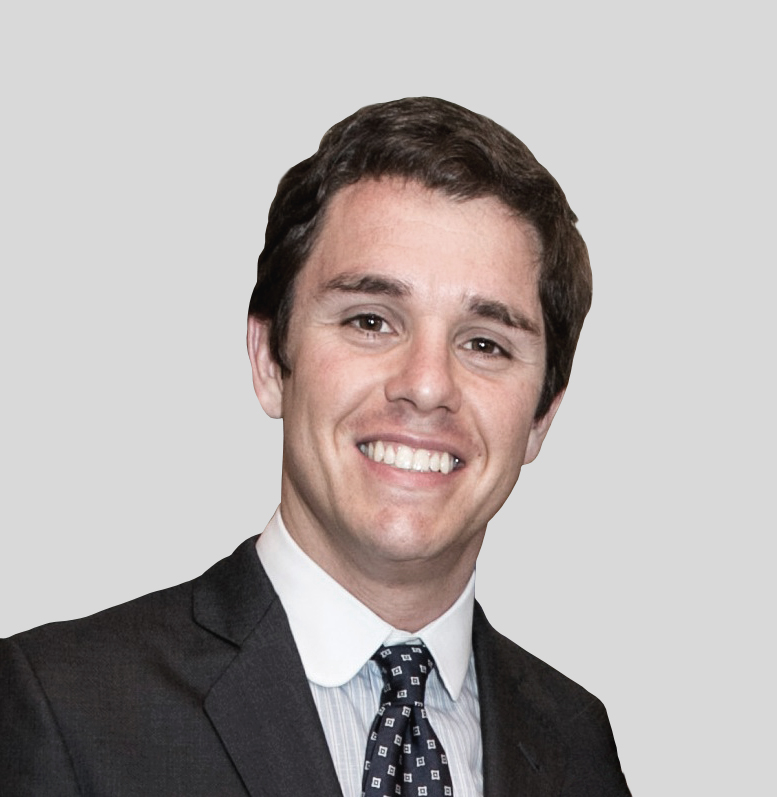Global dividends soared 10.5% to $1.167 trillion in 2014, a new record, according to the latest Global Dividend Index from Henderson Global Investors.
Underlying growth, was still robust at 8.8%, even with generous special dividends, exchange rate movements and other factors stripped out. The level of the HGDI reached 159.9 at the end of 2014, meaning that dividends have grown almost 60% in just five years.
Growth slowed sharply at the end of the year, however, as the US dollar surged against every global currency except the Swiss franc. The rise in the dollar was enough to knock $10.9bn off Q4 dividends as a result of the value of income paid around the world translating at a lower exchange rate. This meant the 2014 total payout was just shy of Henderson’s forecast for the year.
The United States was the main engine of global dividend growth over 2014, adding an impressive $52bn to its 2013 contribution (+17% headline, +15.6% underlying). This increase is more than the entire annual contribution from Japan. Only the US mining sector saw dividends decline, where every company in the HGDI cut its payout.
All other sectors saw increases, as rapid growth in the US economy fed through to company earnings.
Emerging markets saw a headline decline of 11.7%, though after adjusting for currency and other factors, underlying growth was 8.5% year on year. On a headline basis, only China saw growth among the BRICS countries, accounting for the majority of emerging markets dividends as economic difficulties beset both Russia and Brazil in particular. Asia Pacific ex Japan grew 2.9% headline (4.9% underlying) with strong underlying growth in Australia wiped out by a falling Australian dollar. In Hong Kong investors enjoyed bumper special dividends.
Europe ex UK had an excellent year, up 12.3% headline (6.0% underlying), with strong performances from Spain, Switzerland, the Netherlands and France despite a disappointing performance from Germany and Italy.
France is Europe ex UK’s largest payer, accounting for one quarter of the region’s dividends. A distribution of $55.9bn was 7.3% higher than 2013 on a headline basis (+4.8% underlying). Germany is the second largest contributor, but dividends grew just 3.1% on a headline basis ($37.5bn) and fell 3.9% on an underlying basis. Europe’s third largest payer, Switzerland, grew rapidly, up 18.0% (+8.2% underlying) to $32.4bn, while Spain, the fourth largest, grew fastest of all the big markets, rising 24.3% (+11.5% underlying) to $31.2bn.
Italy is a small dividend payer compared to the size of its economy, and is the worst performer among large European countries since 2009. Its dividends grew 1.6% on headline basis to $12.6bn, but fell 2.1% on an underlying basis. Italy’s dividends are still well below 2009, 2010 and 2011 levels in USD terms. The Netherlands posted $7.9bn of dividends, up 9.3% on a headline basis or 5.6% underlying, with almost all Dutch companies increasing what they paid to their investors.
Japanese companies distributed 5.9% more to their shareholders on a headline basis, despite a falling yen, with underlying growth a solid 14.8%.
By sectors
There was a wide divergence in performance at industry level. Technology and consumer stocks were strong, while utilities and mining firms did badly. Lower commodity prices meant the mining sector cut payouts for the third year running.
With the oil price in steep decline in the fourth quarter, oil dividends are worth special attention. They rose 5.8% in 2014 to $134.1bn, making them the second largest contributor at industry level but further growth will be harder to achieve in 2015.
Alex Crooke, Head of Global Equity Income at Henderson Global Investors said: “2014 was a superb year for income investors, with developed markets leading the charge. After such a strong performance in 2014, we now expect a pause for breath in 2015. Since we introduced our 2015 forecast, three key things have changed: first, the global economic outlook has clouded; secondly, the oil price has collapsed to a six year low and thirdly, the US dollar has surged in value.
“We don’t expect developed market oil companies to reduce their dividends in 2015, but there is a strong likelihood that Emerging Market producers will pay out markedly less this year as their profitability comes under pressure.
“Overall, we now expect dividends to grow just 0.8% this year on a headline basis, to $1.176 trillion. Exchange rate movements are a distraction from companies’ ability to deliver growing dividends to their shareholders over the longer term. Our research shows their effect is negligible over the long-term, accounting for just 0.3% of the world’s 60% growth in dividends since 2009. Of course, in any one year, currency swings can make a big difference. So, while US dollar based investors will see somewhat less growth this year than in 2014, we expect UK investors in global equities to enjoy headline dividend growth of 6.6%, while euro-based investors can look forward to growth of 8.8% based on current exchange rates – in each case much better than the dividend growth their own domestic markets are likely to show, demonstrating the value that a global approach to income investing offers.”








